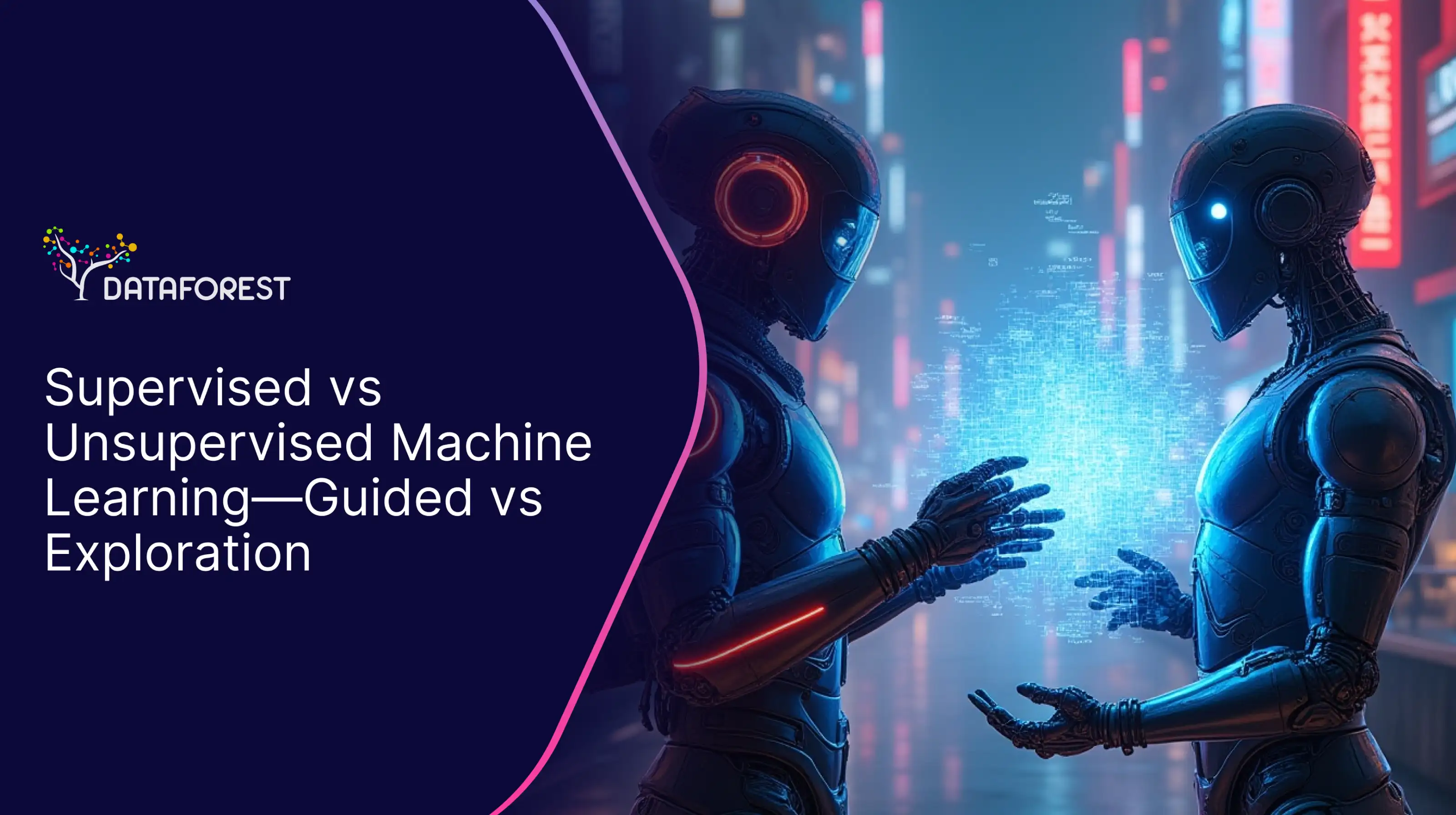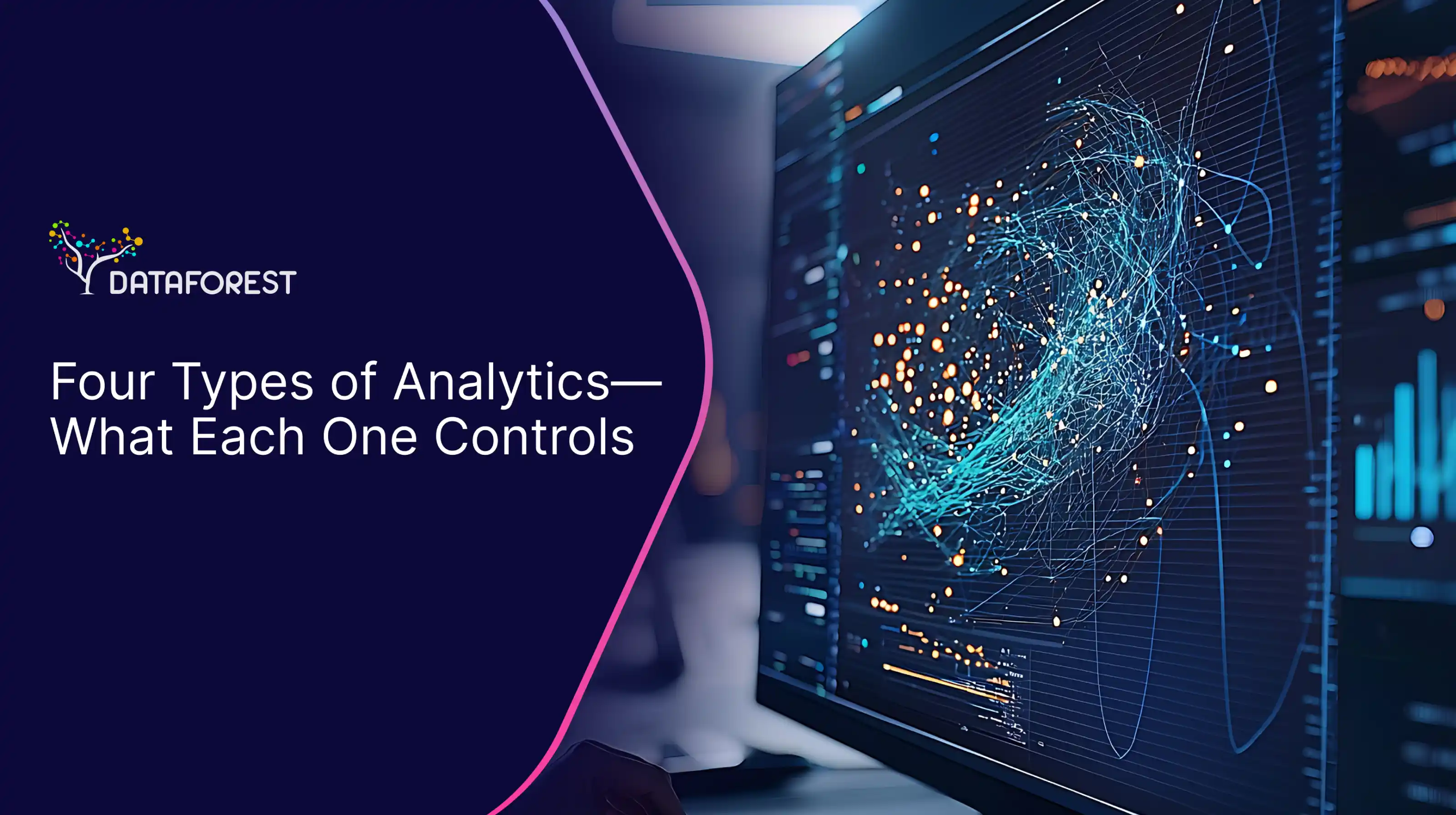Picture this: your call center is a total mess. Agents pull their hair out, and a team lead is probably having their third coffee breakdown of the day somewhere in Mumbai. Here's the real kicker – you've got gold mines of data collecting dust while your team plays email ping-pong with angry customers. Time to get smart about it. Instead of your usual flowcharts that look like they were drawn by a five-year-old, imagine an AI system that's actually got some brains: it reads tickets, knows who's good at what, and can spot a VIP customer meltdown from a mile away. We're not talking about your grandfather's process modeling here – this is the good stuff where your workflow puts on a lab coat and starts crunching numbers. While your competitors are still playing "eeny, meeny, miny, moe" with their ticket assignments, your system is already ten steps ahead, predicting tomorrow's fires before they start. For the same purpose, you can book a call to us.
.webp)
What Is Business Process Modeling?
Business process modeling is fundamentally a method of visualizing and documenting how an organization does its work, showing step-by-step how tasks flow from start to finish, who's responsible for what, and how different departments interact. Think of it as creating a detailed map that shows every twist and turn in business operations - from the moment a customer places an order to the final delivery or from an employee submitting a vacation request to getting it approved. It uses standardized symbols and notations (like BPMN - Business Process Model and Notation) to show different tasks, decisions, and handoffs to make it easier for everyone to understand complex workflows without getting lost in the details. These process maps become invaluable when training new employees, spotting bottlenecks, maintaining consistent quality, and especially when trying to improve or automate parts of the business. It transforms tribal knowledge (the "this is how we've always done it" stuff) into clear procedures that anyone follows, which is crucial for growing organizations that want to maintain standardization and quality across all their operations.
Business Process Modeling Tools
From a tech perspective, business process modeling in data science combines process mining tools like Celonis or UiPath with machine learning frameworks (PyTorch, TensorFlow) to extract and analyze process patterns from event logs and system data. The extracted process data is then transformed through ETL pipelines (using tools like Apache Airflow) and stored in data warehouses (Snowflake, BigQuery), where it's enriched with additional business metrics and KPIs. Advanced analytics and ML models are deployed using MLOps practices (MLflow) to predict process outcomes, detect anomalies, and make automated decisions at key process points. Real-time monitoring is implemented through stream processing (Apache Kafka) and visualization tools (Power BI, Google Looker Studio) that provide live insights into process performance and bottlenecks. The entire system is orchestrated using microservices architecture and containerization (Docker, Kubernetes) to ensure scalability and maintainability of the process automation components, supporting innovation and ongoing efficiency improvements.
Business Process Modeling in Data Science Workflow
The key is that it's not a one-time mapping exercise – it's a living system that learns from historical data, adapts to changing conditions, makes intelligent decisions, and provides actionable insights.
- Discovery Phase
- Process mining tools extract actual workflow data from system logs
- Algorithms identify patterns in how work really flows
- Actual sequences often differ from documented processes
- Creates baseline for improvement
- Connect process data with business metrics
- Clean and standardize data from multiple sources
- Build a unified view of process performance
- Create features for analysis
- Analytics Implementation
- Deploy predictive models at decision points
- Monitor KPIs in real-time
- Detect anomalies and bottlenecks
- Generate automated alerts
- Continuous Optimization
- Automatically adjust workflows based on data
- Test process improvements
- Measure the impact of changes
- Scale successful optimizations, aligning with goals for performance and value creation
Business Process Modeling – Smart Processes, Fat Profits
Data science-powered process modeling transforms gut-feel decisions into data-driven choices by predicting bottlenecks before they happen and automatically suggesting the best paths forward. Your customer service team can handle more tickets with fewer people because the system intelligently routes issues to the right experts, while sales teams get AI-powered insights about which deals need immediate attention to prevent them from going cold. The approach slashes operational costs by identifying resource-hungry processes and automating routine decisions while reducing human error in critical workflows like compliance checks. You can spot emerging problems, predict seasonal spikes, and allocate resources weeks before you need them. Beyond just fixing problems, it helps discover hidden opportunities by revealing unexpected patterns in processes, like noticing that customers who follow a specific journey are 50% more likely to make repeat purchases. When scaling your business, the system learns and adapts automatically, meaning your processes get smarter as your company grows, without needing to constantly rewrite manuals or retrain staff. Finally, it's a game-changer for governance, providing real-time dashboards that show precisely how changes impact performance, making it easy to prove ROI and justify process improvements.
We know how to handle Big Data; book a call, and you will know it too.
AI-Powered Business Process Modeling: From Reactive to Predictive
Artificial Intelligence digs through big data to find patterns you'd never spot with the naked eye. It's like thousands of analysts working 24/7, but instead of getting tired, they are constantly improving. Machine learning algorithms crunch through past process data to predict bottlenecks - imagine knowing next Tuesday's problems today. NLP (Natural Language Processing) helps by reading through emails, tickets, and documents, automatically figuring out what needs to go where and who needs to handle what. And all this happens in real time, so when something weird pops up (like a sudden spike in orders or an unusual pattern of complaints), the AI flags it immediately and can take action before humans notice anything's wrong.
Business Process Modeling Examples
These transformations solve real pain points, combine historical data with real-time inputs, use AI for prediction and optimization, and show measurable business impact.
Global Shipping Company's Port Operations
Old way: Manual tracking of containers, gut-feel scheduling, and constant phone calls.
Smart way now:
- AI predicts vessel delays 24 hours in advance
- Automated crane and workforce scheduling based on incoming ship data
- Real-time optimization of container stacking using historical patterns
- Result: 35% faster port clearance, 40% less idle equipment time
Hospital Emergency Department Flow
Old way: First-come-first-served, manual triage, and whiteboard patient tracking.
Smart way now:
- ML-based triage predicting patient urgency from symptoms and vitals
- Real-time bed management using predictive occupancy models
- Staff scheduling that adapts to predicted emergency patterns
- Result: 28% shorter wait times, 45% better critical case response
Bank's Loan Processing
Old way: Paper-heavy, fixed approval rules, and weeks of processing.
Smart way now:
- Automated document processing using NLP
- Risk scoring that learns from historical loan performance
- Dynamic resource allocation based on application complexity
- Result: 80% faster approvals, 60% cost reduction, 25% better risk detection
.webp)
Tech Providers Use Data Science to Transform Business Process Modeling
A tech vendor, such as DATAFOREST, supports implementing business process modeling by first diving into workflows to pinpoint specific bottlenecks and inefficiencies. They begin with data collection from the processes, using it to create detailed models that give a clear picture of current operations. By leveraging predictive modeling, the provider can simulate potential changes and forecast their impact, enabling businesses to make informed decisions that drive improvement. The provider may also build custom algorithms that streamline repetitive tasks and free up time and resources for more strategic activities. And they set up systems to monitor performance and help the business adapt its processes based on fresh data insights over time. Please complete the form and get a business process modeling close to ideal.
FAQ
What is business process modeling in the context of data science?
Business process modeling with data science takes a close look at how work flows through a company, mapping each step-in detail. Instead of just drawing out a process, it uses data and predictive tools to reveal inefficiencies and areas for improvement. This approach lets companies make smart changes that are backed by solid data insights.
How does business process modeling work in actual workflows?
Process modeling starts by pulling data from system logs to see how tasks happen—not just how they're supposed to with process mining tools; patterns and bottlenecks emerge, giving a realistic workflow picture. Over time, as new data comes in, the model adjusts, offering a living system that improves itself continuously.
What business process modeling tools are used during implementation?
Companies often use tools like Celonis and UiPath for digging into workflows, while TensorFlow and PyTorch handle predictive analysis. Apache Airflow helps integrate data, and platforms like Power BI provide a clear view of the process in real time. These tools work together, giving businesses both the data and the insights, they need to make informed adjustments and support collaboration across departments.
Give real-world business process modeling examples.
A busy call center might use process modeling to match callers with the best agents faster, reducing wait times. In manufacturing, predictive models can spot potential quality issues before they happen, saving time and resources. E-commerce companies also rely on process modeling to manage inventory and deliveries more efficiently, directly impacting customer satisfaction and design improvements.
How do businesses benefit from business process modeling?
With business process modeling, companies can streamline operations, lowering costs and speeding up service. It leads to better customer experiences by cutting wait times, reducing errors, and ensuring consistency in quality. As a result, businesses are more agile and can grow confidently, knowing their processes are efficient and optimized for reengineering.


.webp)

.png)



.webp)















